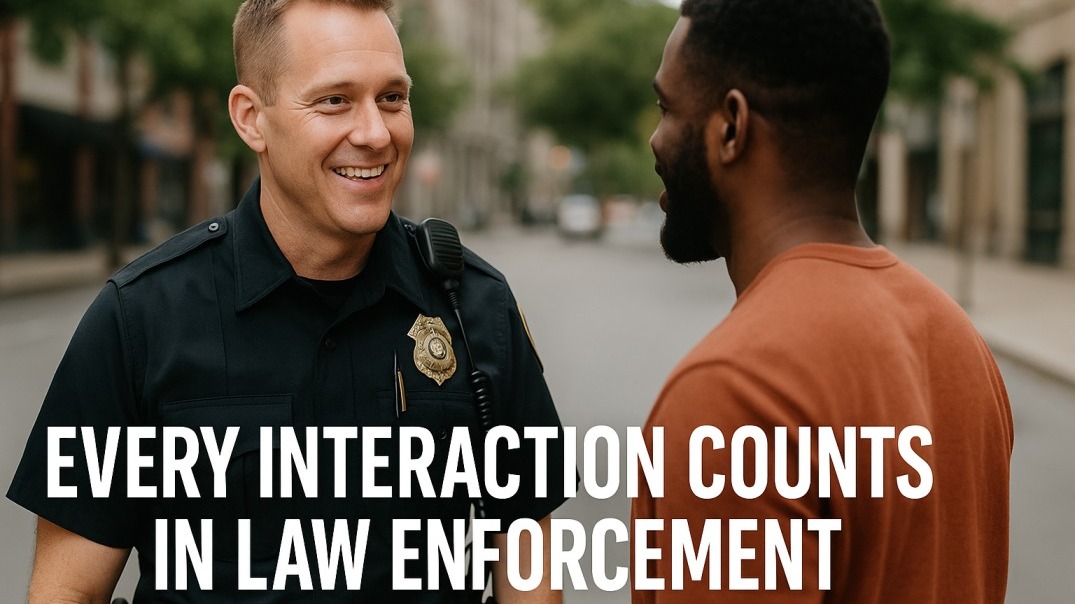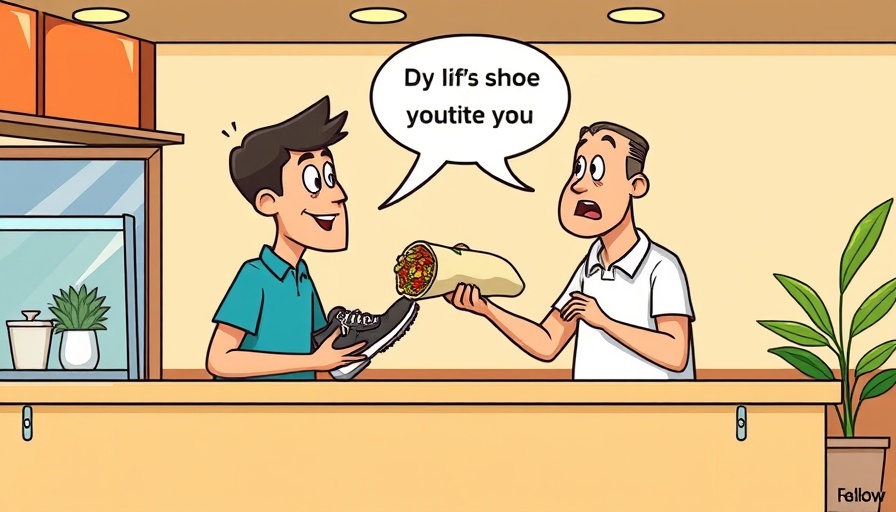
Every Interaction Counts in Law Enforcement
As public servants, law enforcement officers play a crucial role in our communities. Each interaction with community members is an opportunity to build trust and foster positive relationships. This approach, often referred to as delivering your "first-time energy," emphasizes the importance of treating every individual with respect and empathy, regardless of the situation. This principle serves not only to enhance community safety but also works towards building lasting public trust.
Understanding the Community Through Customer Insights
For law enforcement professionals, leveraging customer insights can aid in understanding community sentiments and needs. By analyzing data on public perception and behavior, agencies can determine trends and concerns that may otherwise go unnoticed. This awareness fosters transparent communication, mitigating potential crises before they escalate. The importance of data analysis in community policing cannot be overstated; it allows departments to address specific needs directly, improving relationships and increasing community safety.
Building Public Trust Through Transparency
Transparency in policing practices cultivates trust within communities. By openly sharing information about policies, procedures, and outcomes, police forces can demonstrate accountability. This openness reassures citizens that their safety is the priority while allowing them a voice in shaping policing strategies. Citizens who feel informed and valued are more likely to cooperate with law enforcement, leading to more effective crime prevention.
The Role of Officer Wellness in Community Safety
Another critical aspect of effective policing is officer wellness. A well-supported workforce is essential for maintaining high standards of service. As research shows, officers experiencing burnout or stress may struggle in high-pressure situations, potentially affecting their interactions with community members. Therefore, investing in officer training programs and mental health resources not only benefits the officers but enhances the community's perception of law enforcement, driving successful engagement strategies.
Strategies for Enhancing Police Training Techniques
Reforming police training techniques to reflect modern-day challenges is crucial for improving law enforcement efficacy. Incorporating technology and data-driven tactics into training ensures officers are well-prepared to handle diverse situations. From crisis de-escalation strategies to high-tech policing innovations, the focus should be on equipping officers with the skills necessary to respond efficiently, thereby enhancing public safety.
By embracing the philosophy that every citizen deserves your "first-time energy," law enforcement can engage communities more effectively and strategically. With dedicated training, transparency, and a focus on cooperation, police departments can better serve the public and contribute to safer communities.
 Add Row
Add Row  Add
Add 

 Add Element
Add Element 


Write A Comment